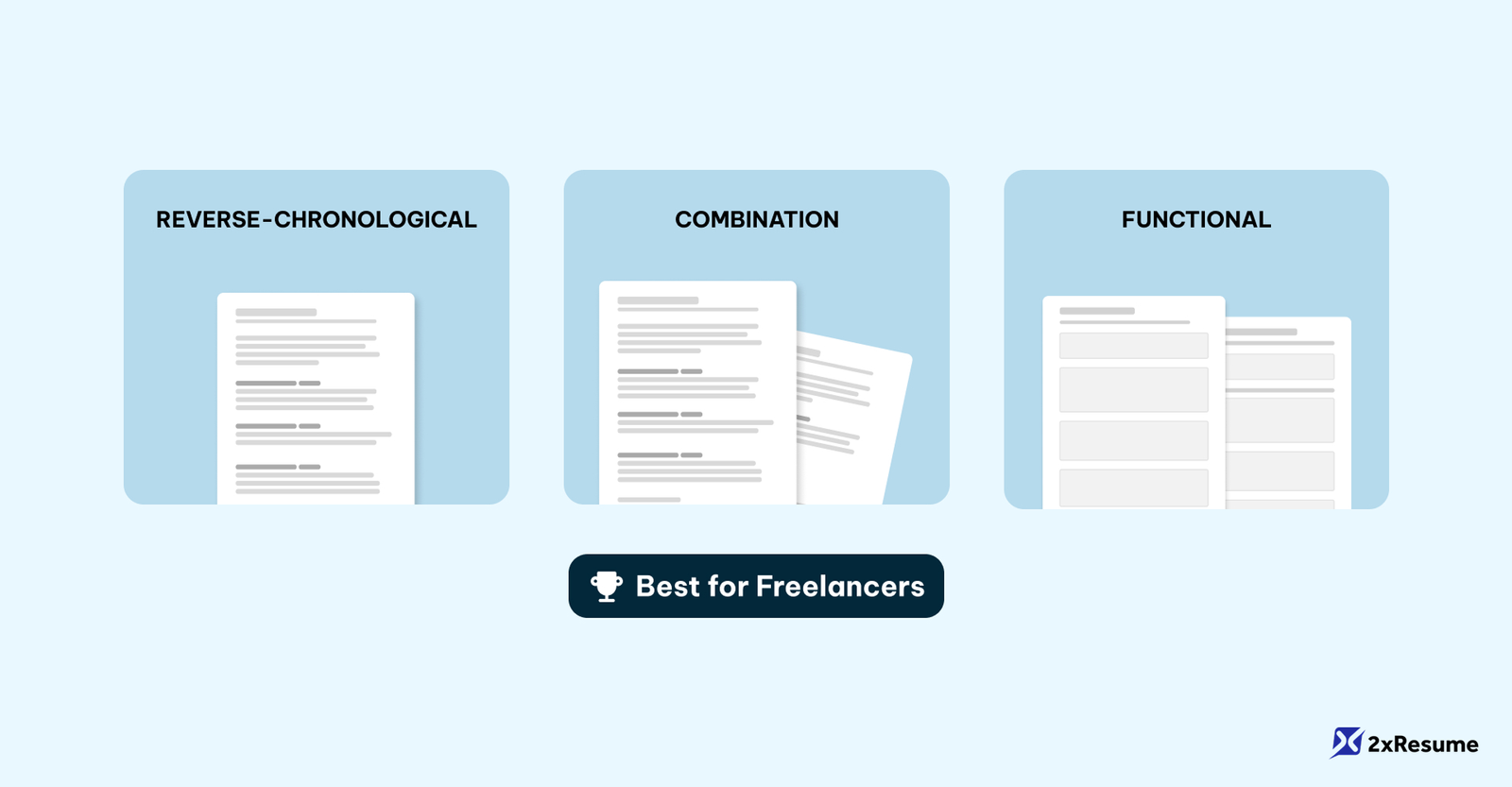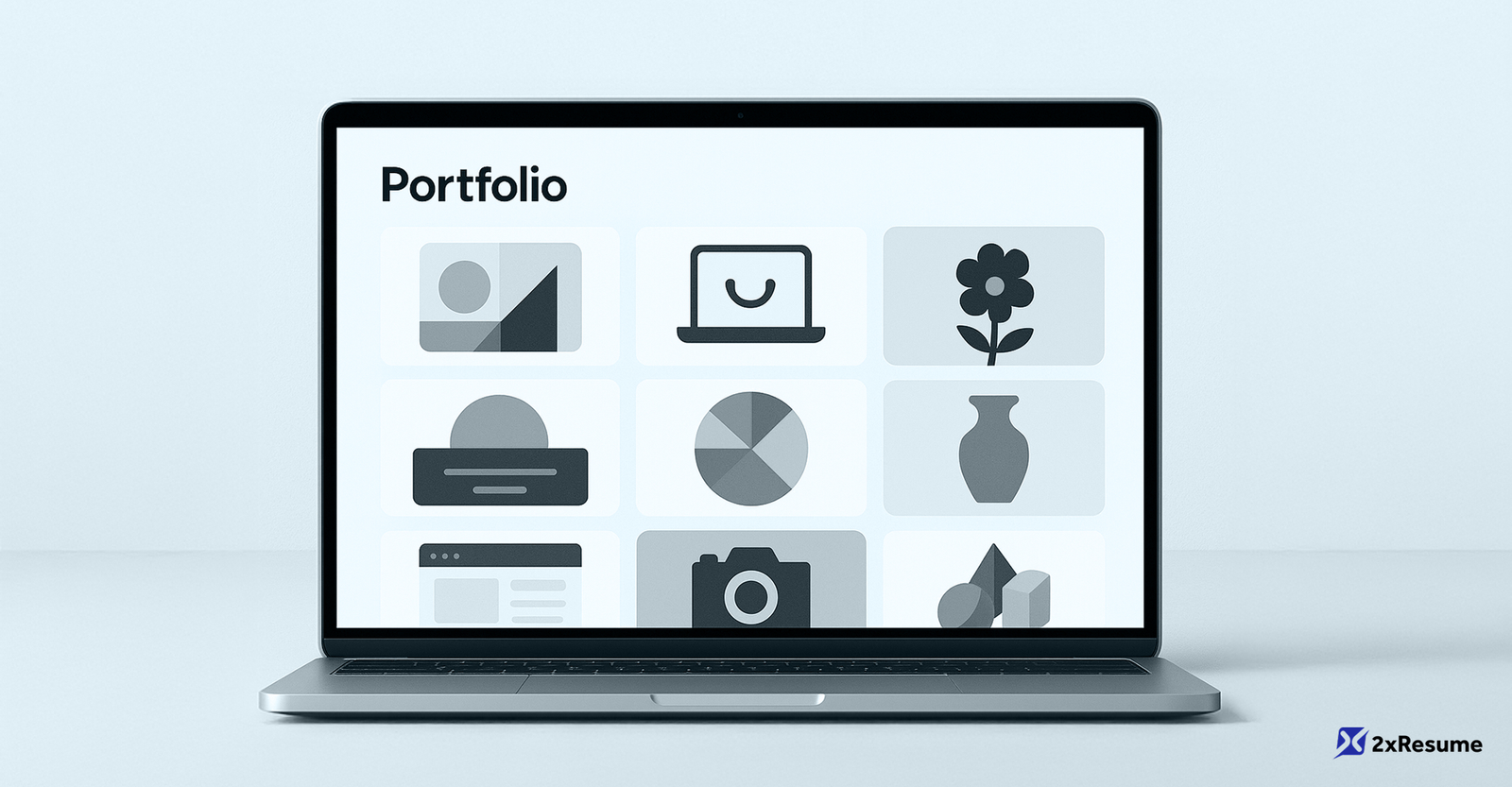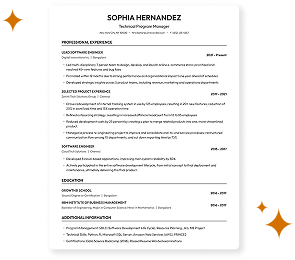Table of Contents
- Introduction
- Why Your Freelance Experience is Gold
- Choosing the Right Resume Format for Your Act
- Listing Your Freelance Business
- Structuring Your Freelance Experience
- Spotlight on Success: The Dedicated "Projects" Section
- Your Opening Pitch: The Freelancer's Resume Summary or Objective
- Showcasing Your Versatility: The Skills Section
- Your Portfolio – Proof of Your Prowess
- Addressing Potential Plot Twists: Gaps and Inconsistent Work
- The Essential Supporting Act: The Freelancer's Cover Letter
- Taking Your Bow: Confidence in Your Freelance Forte
The world of work is transforming. The rise of the gig economy and the allure of freelance freedom have empowered millions to carve out their own professional paths. As a freelancer, you’re a CEO, a project manager, a creative director, and a client relations specialist—all rolled into one. You’ve navigated diverse projects, managed complex timelines, and delivered results for a variety of clients. This experience is incredibly valuable. But when it comes to landing your next gig, or even transitioning into a full-time role, how do you translate this dynamic experience onto a resume in a way that truly captures your impact?
Many freelancers worry that their varied projects might look like a “giant resume gap” or a scattered collection of unrelated tasks. Nothing could be further from the truth—if you know how to showcase it. This guide is your forte, your strong suit, for transforming your freelance journey into a compelling resume narrative that grabs attention and wins opportunities.

Why Your Freelance Experience is Gold
Before we dive into the “how,” let’s appreciate the “why.” Freelance work cultivates a unique and highly sought-after skill set. You’re not just completing tasks; you’re running a business. This means you’ve likely developed:
- Entrepreneurial Mindset: Taking initiative, finding clients, managing finances.
- Self-Management & Discipline: Meeting deadlines without direct oversight.
- Adaptability & Versatility: Juggling multiple projects and client needs. 2
- Client Communication & Relationship Management: Understanding briefs, providing updates, ensuring satisfaction.
- Problem-Solving: Navigating unexpected challenges independently.
- Project Management: Seeing projects through from conception to completion.
Hiring managers and potential clients recognize these inherent strengths. Your freelance resume isn’t about explaining gaps; it’s about showcasing a proactive, results-oriented professional who can deliver.
Choosing the Right Resume Format for Your Act
The way you structure your resume can significantly impact how your freelance experience is perceived. The best format depends on your career goals and the nature of your freelance work.
1. The Reverse-Chronological Format
- What it is: Lists your work experiences from most recent to oldest.
- Best for: Freelancers with long-term contracts with specific clients, or those transitioning into a full-time role where a clear progression is valued. Recruiters generally prefer this format as it’s easy to skim.
- How to use it: You can list each major client as a separate “employer” or group your freelance work under your own business name/freelance identity.
2. The Combination (Hybrid) Resume
- What it is: Leads with a strong skills summary section, followed by a chronological or functionally-grouped experience section.
- Best for: Freelancers with diverse projects who want to highlight a broad skill set, or those targeting roles where specific skills are paramount.
- How to use it: Emphasize your key skills and how they were applied across various projects before detailing the projects or clients.
3. The Functional Resume (Use with Strategic Intent)
- What it is: Focuses heavily on skills and abilities rather than a chronological work history.
- Best for: Freelancers with very scattered short-term gigs, or those making a significant career pivot where direct experience is minimal.
- Caution: While it can highlight skills, some hiring managers are wary of this format as it can obscure work history. If you have considerable long-term contracts, reverse-chronological is often better.
 Key Takeaway: For many freelancers applying for full-time roles, a reverse-chronological or combination format often strikes the right balance, offering clarity and highlighting both skills and experience.
Key Takeaway: For many freelancers applying for full-time roles, a reverse-chronological or combination format often strikes the right balance, offering clarity and highlighting both skills and experience.
Listing Your Freelance Business
How you list yourself as the “employer” sets the stage for your freelance experience.
Option 1: Use Your Business Name
If you operate under a registered business name or a consistent brand (e.g., “Astley Cervania Creative Services”), use it. This adds a layer of professionalism. Clearly indicate it’s your business and the work is contract-based.
▪ Freelance Graphic Designer & Consultant
Option 2: Use a Professional Title
▪ Freelance Content Writer & Editor Or: Independent Contractor
▪ IT Project Manager (Contract)
Option 3: List Client by Client (as separate entries)
This works best if you’ve had consistent, long-term engagements with a few key clients, treating each like a standard job entry.
▪ Social Media Manager (Contract)
Rezi suggests you can list your freelance work as a standard job in the work experience section (specifying your job title as a freelancer), as a separate work experience entry under your business name, or in its own dedicated “Freelancing” or “Projects” section.
Structuring Your Freelance Experience
This is where you detail your accomplishments. Treat your freelance work with the same seriousness as a traditional job.
Standard Format: For each client or under your freelance umbrella:
- Client Name / Your Business Name
- Your Role (add “(Contract)” or “Freelance”)
- Dates of Engagement
- Location (City, State)
Bullet Points are Your Best Friend:
Use 2-8 bullet points per client/project grouping to detail your actions, key contributions, and notable accomplishments.
- Focus on Outcomes & Achievements:
- Instead of “Wrote articles,” use:
- “Served as key writer in team of 3 that grew traffic from 1M to 3.5M per month.”
- Instead of “Wrote articles,” use:
- Quantify Everything Possible:
- “Devised a social media campaign for a bootstrapped startup, driving a 40% increase in lead generation within 3 months.”
- “Maintained e-commerce websites using WordPress and WooCommerce, improving site performance and reducing load times by 25%.”
- Use Powerful Action Verbs: “Developed,” “Managed,” “Launched,” “Increased,” “Reduced,” “Implemented”
- Tailor to the Target: Highlight skills and experiences most relevant to their needs.
- Clarify Project Scope: Be specific about type of work and scale of responsibilities.
- Mention Notable Clients (with consent): “Partnered with industry-leading companies such as [Client A], and [Client C] to achieve…”
Spotlight on Success: The Dedicated “Projects” Section
If you’ve handled numerous diverse or short-term projects, a dedicated “Projects” section can be incredibly effective. This is especially useful for creative professionals, developers, and consultants.
• When to Use It: When your freelance work is more project-based than client-based, or when you want to highlight specific achievements that don’t fit neatly under a single client.
What to Include for Each Project:
- Project Title/Name
- Client (if applicable, or “Personal Project”)
- Dates
- Brief Description
- Skills Demonstrated
- Quantifiable Outcomes/Achievements
- (Artist):
“2017 Solo Exhibition, Automatic Writing and Gearboxes, Choupachou Art Gallery, New York, NY.” - (Developer):
“Built a responsive web app using HTML, CSS, and JavaScript as part of a capstone project. Implemented real-time data fetch via API and presented the project to a panel of instructors.”
 Important: Only list projects that are relevant to the job you’re applying for and demonstrate your key skills. Keep it concise, aiming to fit within one or two pages.
Important: Only list projects that are relevant to the job you’re applying for and demonstrate your key skills. Keep it concise, aiming to fit within one or two pages.Table: Project vs. Client-Based Freelance Work
| Category | Client-Based Entry | Project-Based Entry |
|---|---|---|
| Heading | Client Company Name (or Your Business Name) | Project Title: [Name of Project] |
| Role | Your Freelance Role (Contract) | Your Role in Project (e.g., Lead Developer, Designer) |
| Dates | Month Year – Month Year | Month Year – Month Year |
| Description Focus | Overall responsibilities & achievements | Specific goals, actions, and outcomes for that single project |
| Example Bullet | “Managed social media content calendar, increasing engagement by 25% over 6 months.” | “Designed and launched a 10-page e-commerce website, resulting in a 15% increase in online sales within the first quarter.” |
Your Opening Pitch: The Freelancer’s Resume Summary or Objective
This is your 3-5 sentence introduction at the top of your resume. It’s your chance to immediately grab attention and frame your freelance experience positively.
Resume Summary (Recommended for most freelancers)
Focus: Highlights your key freelance achievements, years of experience, and the value you bring.
-
(Freelance Writer):
“ASJA Journalist and Writer with 5+ years of experience… Current clients include Adobe, Costco, and Lowes… Built traffic for a money blog to 800,000 in 18 months.” -
(Freelance Event Host):
“With 9 years of freelancing experience in event hosting and public speaking, I bring energy, charisma, and a proven track record of engaging audiences.”
Resume Objective (Use if new to freelancing or making a big shift)
Focus: Emphasizes your skills and career goals, especially if direct freelance experience is limited.
- (Freelance Web Developer):
“Passionate web developer, skilled in JavaScript, JQuery, and Photoshop. Created 10 wireframes as freelance projects for local businesses.”
Tips:
- Tailor it: Always customize your summary to the specific job or client.
- Keywords: Include relevant keywords from the job description.
- Quantify: Even here, a powerful statistic can make a difference.
Showcasing Your Versatility: The Skills Section
Your skills section should be a curated list of your most relevant abilities, especially those highlighted in the job posting.
Hard Skills:
Technical abilities, software proficiency (e.g., Adobe Creative Suite, Python, QuickBooks), specific industry knowledge.
“Adobe Photoshop, Illustrator, InDesign, Figma, Sketch”
Soft Skills:
Communication, time management, problem-solving, client management, adaptability, ability to work independently.
Integrate with Experience:
Don’t just list skills; show how you’ve used them in your bullet points.
“Used keyword research, competitive analysis, and search-intent discovery to rank #1 to #3 for 500+ high-competition articles.”
Your Portfolio – Proof of Your Prowess
For many freelancers, especially in creative fields (writing, design, photography, web development, etc.), a portfolio is non-negotiable.
- Link Prominently: Include a clear link to your online portfolio in your resume header or contact information section.
- Curate Carefully: Showcase your best and most relevant work.
- Keep it Updated: An outdated portfolio can be worse than no portfolio at all.

Addressing Potential Plot Twists: Gaps and Inconsistent Work
One of the biggest anxieties for freelancers is how their work history will be perceived, especially if there are periods between major projects.
- Strategic Listing: By using the methods above (grouping projects under your business name, using a dedicated projects section, or focusing on long-term clients), you inherently create a more cohesive narrative that minimizes the appearance of “gaps.”
- Focus on Continuous Development: Highlight any courses, certifications, or personal projects undertaken during quieter periods to show ongoing professional growth.
- Be Mindful if Seeking Full-Time: If you’re applying for a full-time role, be cautious about listing extensive side freelance work that might give the impression you’ll be too busy or burn out. Frame your freelance experience as a period of skill development and entrepreneurial growth that now makes you a stronger candidate for a dedicated role.
The Essential Supporting Act: The Freelancer’s Cover Letter
Don’t underestimate the power of a cover letter, especially as a freelancer. It’s your chance to:
- Explain Your “Why”: Briefly explain your freelance journey and why you’re interested in this specific opportunity (whether another freelance project or a full-time role).
- Connect the Dots: Explicitly link your freelance experiences and skills to the requirements of the job or project.
- Showcase Personality: Let your professionalism and enthusiasm shine through.
Zety strongly recommends a cover letter for freelancers, suggesting you address the hiring official by name, demonstrate you understand the job’s needs, and explain why you are the perfect candidate.
Taking Your Bow: Confidence in Your Freelance Forte
Your freelance career is a testament to your initiative, skills, and resilience. By strategically structuring your resume, quantifying your achievements, and clearly articulating the value you’ve delivered, you can transform your gig work from a collection of projects into a powerful narrative of success. Embrace your freelance forte, and craft a resume that opens doors to the exciting opportunities you deserve.







